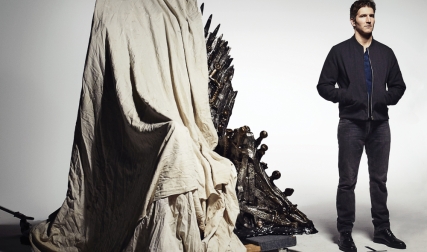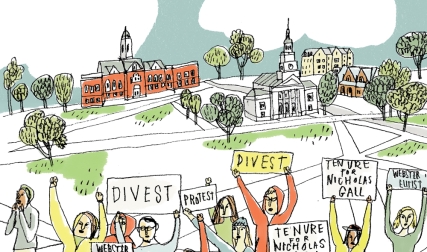“One of the great challenges in teaching the Civil War is not allowing the military saga to obscure the end of slavery,” says Bonner. “It’s hard to tell the story of one without squeezing out the other.” Historians, Bonner observes, are shifting away from the traditional “nation torn tragically apart” narrative to focus on previously overshadowed accounts of slavery and emancipation. Bonner recommends four historic sites you can visit that highlight the Reconstruction Era and transition of 4 million slaves to freedmen and freedwomen.
Whitney Plantation
“Located just outside New Orleans, the first American museum of slavery portrays itself as a site of conscience that bears witness to atrocity—analogous to the Holocaust Museum. The Whitney Plantation clearly highlights the violence of emancipation, with exhibits populated by statues of African-American figures, many of whom are children, and a monument listing the names of slaves who came through the plantation. One of the most jarring exhibits is a display of severed heads from a slave revolt in 1811, when slaves were decapitated to warn of the consequences of revolt.”
Harpers Ferry
“At the dramatic confluence of the Shenandoah and Potomac rivers in West Virginia, Harpers Ferry is where abolitionist John Brown planned an insurrection in 1859. Brown formed an 18-member band of white and black men with the goal of seizing 100,000 guns from the federal arsenal and distributing them to slaves to start a mass revolt. You can check out John Brown’s Fort, where he was surrounded for 36 hours by Robert E. Lee and the Marines. Brown is notable for advocating the idea of sacrificing oneself so that the institution of slavery could be overthrown.”
Mariners’ Museum
“A key attraction at this Virginia site is the replica of the ironclad USS Monitor, one of the most famous ships of the Civil War. On its crew were a handful of African Americans, including Siah Carter, an escaped slave who survived when the boat capsized. The museum is one of few sites that draw attention to the role of former slaves in the Navy. Although African Americans couldn’t serve in the Army for the Union until 1863, the Navy accepted black sailors from the very beginning, and the maritime industry had always been integrated.”
A New National Monument
“After their city was captured by the Union Navy in 1862, Beaufort, South Carolina, plantation owners fled while Northern missionaries flocked to the area to create schools and churches. It was a laboratory for turning slaves into citizens in the style of 19th-century Victorian uplift. Beaufort was also the site where the first black troops in South Carolina were mustered and a place where black political power could be exercised. A work in progress, the sites at Beaufort were designated a national monument by President Obama in the final days of his presidency.”



